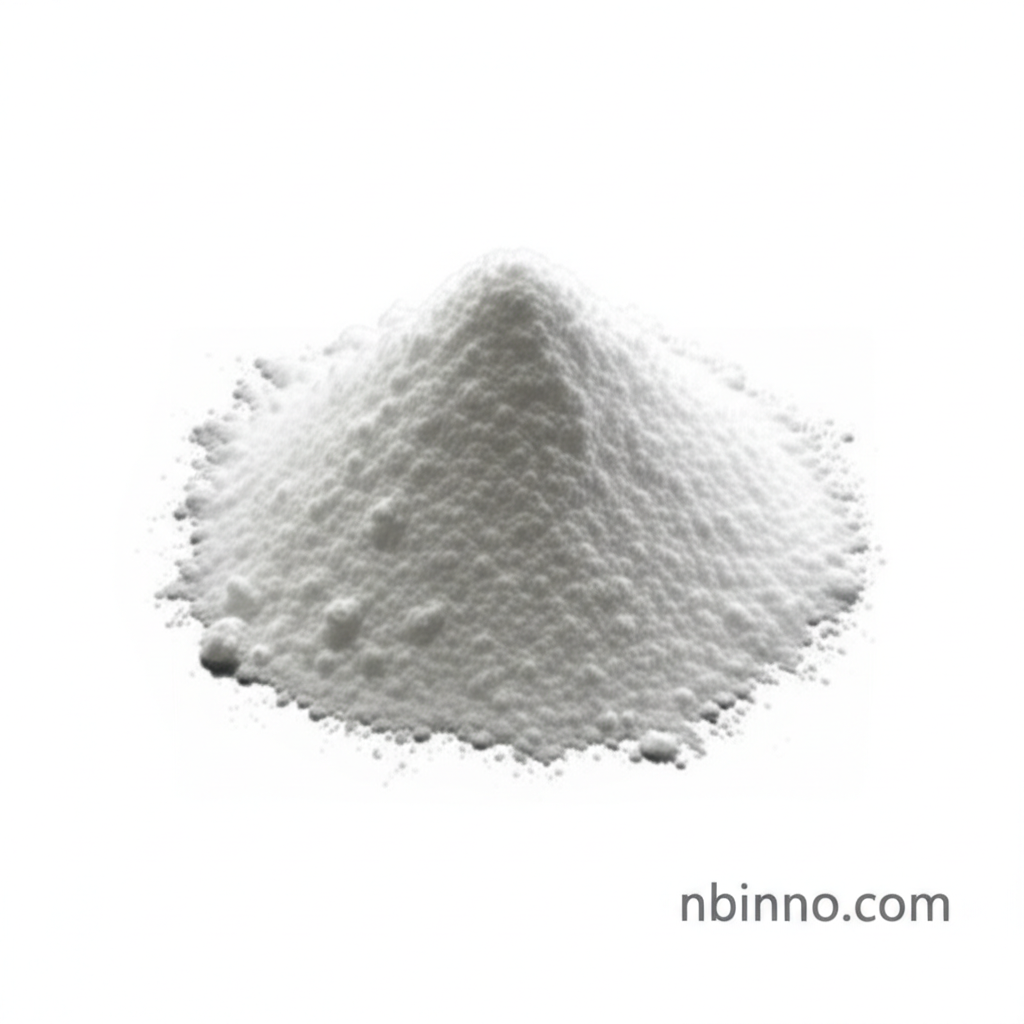4-Hydroxybenzaldehyde: A Key Intermediate in Chemical Synthesis
Discover the synthesis, properties, and extensive applications of this vital compound in pharmaceuticals, fragrances, and more.
Get a Quote & SampleProduct Core Value

4-Hydroxybenzaldehyde
4-Hydroxybenzaldehyde (4-HBA), also known as p-hydroxybenzaldehyde, is an indispensable organic compound widely utilized across numerous industries. Its significance stems from its role as a critical intermediate in the synthesis of a vast array of products, from life-saving pharmaceuticals to delightful fragrances. Its appearance as a fine white to pale yellow powder, coupled with its versatile chemical reactivity, makes it a sought-after building block in chemical manufacturing.
- Explore the numerous 4-hydroxybenzaldehyde synthesis methods, including catalytic oxidation of p-cresol and Reimer-Tiemann reactions, ensuring efficient production for industrial needs.
- Understand the diverse applications of 4-hydroxybenzaldehyde, from its crucial role as a pharmaceutical intermediate in producing antibiotics and other drugs to its use in the fragrance industry for creating aromatic compounds.
- Delve into the bioactivities of 4-hydroxybenzaldehyde, noting its antioxidant potential and its role in promoting wound healing, highlighting its therapeutic value beyond industrial synthesis.
- Learn about the properties of 4-hydroxybenzaldehyde, such as its melting point of 116°C and its solubility characteristics, which dictate its handling and application in various chemical processes.
Advantages of 4-Hydroxybenzaldehyde
Versatile Intermediate
As a key organic intermediate, 4-hydroxybenzaldehyde facilitates the creation of complex molecules used in pharmaceuticals, perfumes, and agrochemicals, offering broad synthetic utility.
Industrial Scalability
With established 4-hydroxybenzaldehyde synthesis methods, including those involving p-cresol oxidation, industrial-scale production is readily achievable, meeting market demands efficiently.
Therapeutic Potential
The intrinsic bioactivities of 4-hydroxybenzaldehyde, such as its antioxidant properties and its positive impact on wound healing, suggest potential for further development in health-related applications.
Key Applications
Pharmaceutical Synthesis
4-Hydroxybenzaldehyde is a vital building block for numerous pharmaceuticals, including intermediates for antibiotics like amoxicillin and trimethoprim, showcasing its importance in drug development.
Fragrance and Flavor Industry
Used extensively in the production of aromatic compounds such as vanillin and anisaldehyde, 4-hydroxybenzaldehyde contributes significantly to the sensory profiles of perfumes and food products.
Agrochemicals and Pesticides
The compound serves as an intermediate in the synthesis of certain herbicides and insecticides, contributing to agricultural productivity and pest management strategies.
Specialty Chemicals
Beyond its primary uses, 4-hydroxybenzaldehyde finds applications in electroplating as a brightener, in liquid crystal production, and as a general reagent for organic synthesis and analysis.
